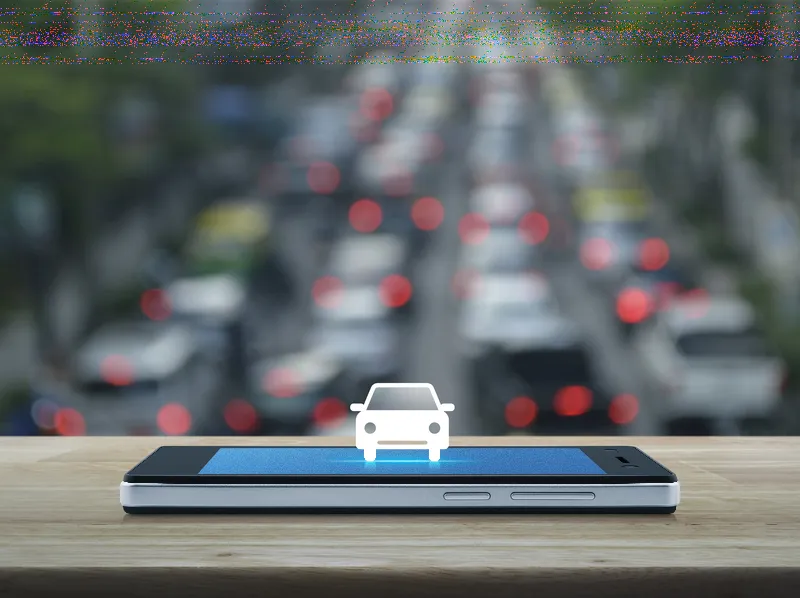
With a measuring frequency of 100 values per second, the Marwis mobile road weather sensor from
Directly installed in a vehicle, the sensor measures road conditions and environmental data, in any place and at any time.
The sensor comes with an iOS App for all Apple output devices and will shortly be available for Android devices. It shows all relevant data, based on customer settings and helps to calibrate the device for each vehicle within a few minutes. The measurement values are updated every second, but can also be set for longer intervals via the app. As data are is stored in the cloud, it is available everywhere in the wireless network.










